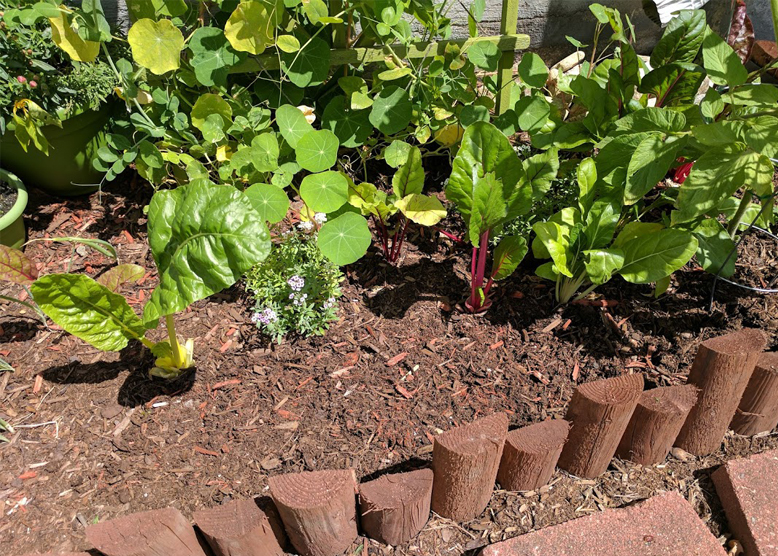
Time to Ring in the Fall with Autumn’s Best Gardening Tips
Although the height of the gardening season is winding down, fall can be a busy time in your garden. Apart from readying your garden for a long sleep through winter, fall is a good time to take stock of your garden landscape – assess the health of your plants and trees, clean up and mulch around plants, and maybe even add in a few new plants.
Here are some tasks you can take on now to prepare for the changing season:
Fall Cleanup
Fall cleanup is an essential part of maintaining a healthy garden. It’s normal for our gardens to attract unwanted diseases and insects. Garden leaf litter is an ideal hiding place and winter home for these uninvited visitors. Some of our favorite flowering perennials, such as bee balm (Monarda), Phlox, and Black-eyed Susan (Rudbeckia) for instance, tend to develop powdery mildew. Spores from this fungal disease will over-winter on dried leaves and plants. The removal of dead leaves and spent plants in the fall will help lessen or alleviate pests and diseases next spring.
What to Leave in the Garden
Consider leaving some dried flowers and seed heads in your garden for winter interest and as food for winter birds. The dried flower heads of stone crop (Sedum ‘Autumn Joy’) for example looks pretty covered with a heavy frost or snow. Seed heads from the spent flowers of Purple cone flower (Echinacea), Tickseed (Coreopsis,) thistle (Carduus, Cirsium, Onopordum), and many grasses provide seeds for foraging winter birds.
Mulching
Winter always presents uncertainties – too much snow or too little precipitation, strong desiccating winds, etc. It’s always a good idea to spread some new mulch in your garden in the fall. This will protect plants, especially some that are tender, from winter die-back and possible lack of moisture. Keep mulch away from stems of shrubs and tree trunks. Small burrowing animals may set up housekeeping and find tree and shrub bark tasty. Rodent damage to trees and shrubs during the winter may encourage diseases to take hold, or even kill the plant come spring.
Watering
Although most plants, trees, and shrubs go dormant in the winter, it’s important to keep watering your garden until the first frost. This is especially the case if you experienced drought conditions in the summer. In the fall, plants and trees switch their energy output from developing leaves, flowers, and fruits to developing their root systems. Give special attention to any newly planted trees, shrubs, and perennials. Fall watering will ensure healthy plants in the spring.
Assess your Garden Design
As flowers die back and trees lose their leaves, this is a good time to look for empty spaces in your garden landscape. Fall is a good time to add some additional trees or shrubs to your garden. It is also the time to plant cold weather vegetables such as kale, Swiss chard, and cabbage. Many of these vegetables will continue to grow and produce during the winter. Pull back the snow to harvest some beautiful fresh kale in the dead of winter!
Fall is prime time for bulb planting. Tuck small groupings of snow drops, daffodils, tulips, and hyacinth throughout your garden beds. Get ready for a surprising display of color as your garden transitions from winter into spring.
What are your favorite fall gardening tips? Connect with us and share your garden photos on our social channels!


Sorry, the comment form is closed at this time.